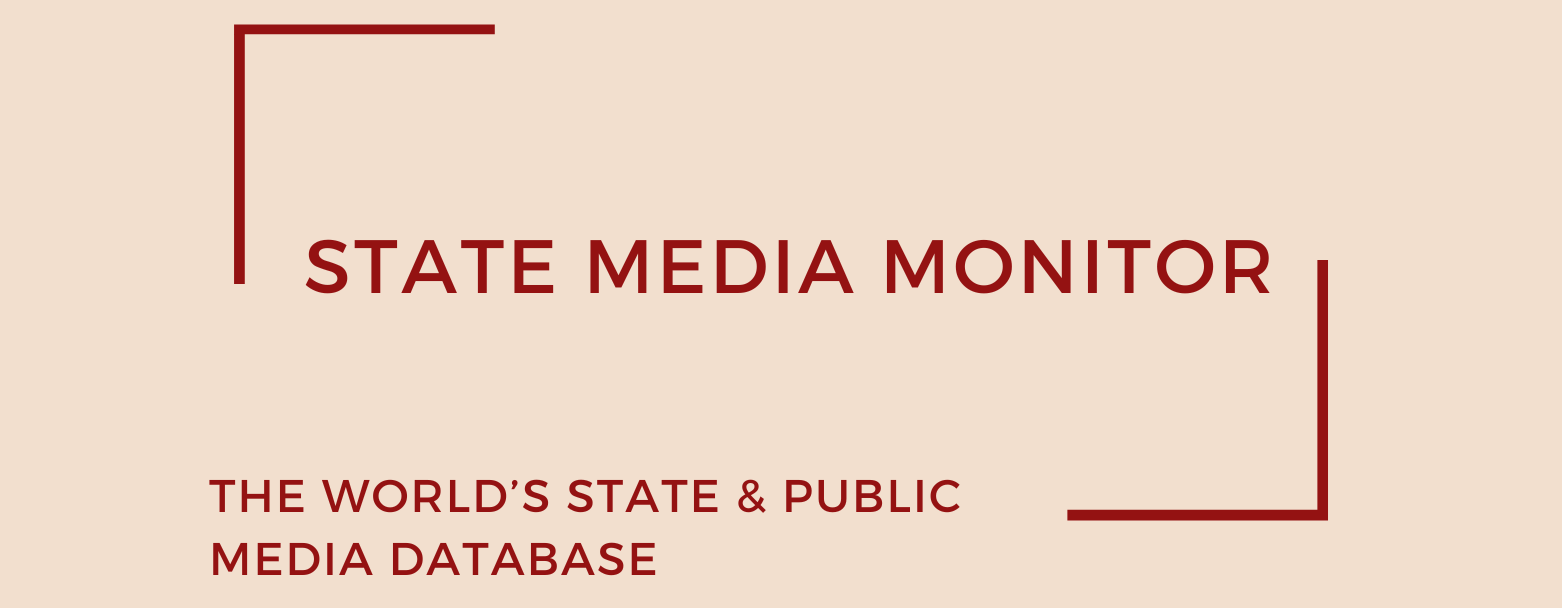Established in March 1979 with the launch of La Voz de la Montaña in Tlapa de Comonfort, Guerrero, the Sistema de Radiodifusoras Culturales Indígenas (SRCI) has grown into a vital network of 23 radio stations operating across 16 Mexican states. These stations broadcast in 35 indigenous languages and dialects, serving as a cornerstone for cultural preservation and community engagement among Mexico’s indigenous populations.
Media assets
Radio: La Voz de las Huastecas, La Voz de la Costa Chica, La Voz de los Cuatro Pueblos, La Voz de los Vientos, La Voz de la Sierra Norte, La Voz de la Chinantla, La Voz de los Tres Rios, La Voz de la Sierra Juarez, La Voz de los Mayas, La Voz de los P’urhepechas, La Voz de la Mixteca, La Voz del Valle, La Voz de la Sierra Tarahumara, Las Tres Voces de Durango, La Voz de la Frontera Sur, La Voz del Corazón de la Selva, La Voz de la Sierra de Zongolica, La Voz de la Montaña, La Voz del Pueblo Hñähñú, La Voz de los Chontales, La Voz del Gran Pueblo, La Voz de la Sierra Oriente
State Media Matrix Typology
Independent State-Funded and State-Managed (ISFM)
Ownership and governance
SRCI stations are managed by the Radio Department of the INPI, a federal government entity. While Article 2 of the Mexican Constitution mandates the state’s responsibility to create conditions enabling indigenous peoples to own and operate their media, in practice, these frequencies remain under government control. This structure reflects ongoing tensions between constitutional ideals and operational realities in the realm of indigenous media ownership.
Source of funding and budget
SRCI operates under the auspices of the National Institute of Indigenous Peoples (INPI) and relies primarily on federal funding. Despite their significant role in indigenous communities, these stations function on modest budgets.
As of the latest available data, SRCI receives an annual allocation of approximately MXN 13 million (around US$ 614,000), averaging about MXN 590,000 (US$ 27,000) per station per year. This limited funding underscores the challenges faced in sustaining and expanding indigenous broadcasting initiatives.
Editorial independence
The proximity of SRCI stations to the communities they serve fosters a unique form of accountability. Community members often engage directly with station personnel, providing immediate feedback and ensuring content remains relevant and respectful. This grassroots oversight helps maintain editorial integrity and prevents the stations from becoming mere mouthpieces for governmental agendas.
Legal Framework and Oversight
While SRCI operates within the framework of the INPI and adheres to internal regulations, including a code of conduct, these measures do not equate to full editorial independence. In March 2018, SRCI updated its code of ethics and appointed an Ombudsman in compliance with the 2014 telecommunications and broadcasting law, aiming to enhance transparency and accountability within its operations.
May 2025
